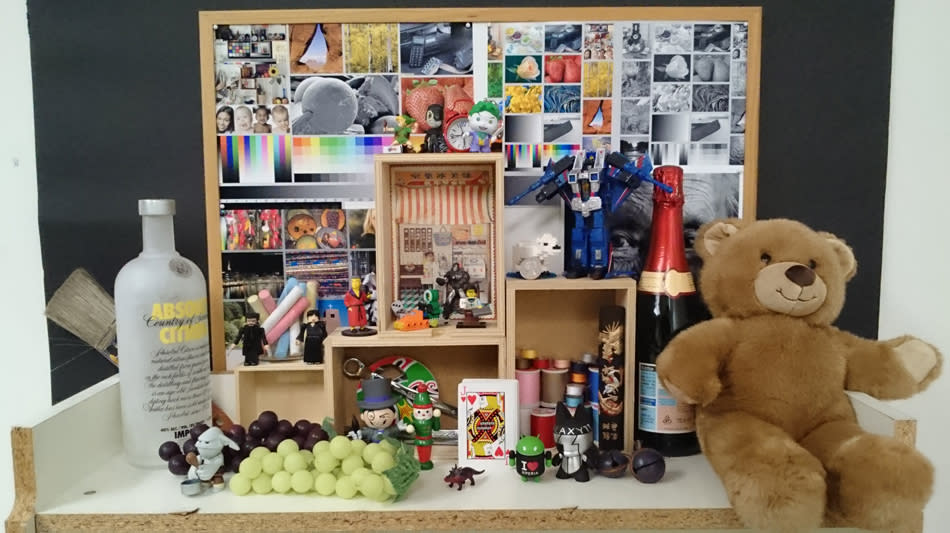Sony Xperia Z4 Tablet: An alternative to the Surface 3?
Overview
After skipping a generation (the Z3 tablet only came in a compact 8-inch size), Sony is re-introducing its 10-inch tablet flagship in the form of the Z4 tablet. A direct successor to last year's Z2 tablet, the Z4 once again sports a waterproof build, and a light and ultra-thin build. It has also been upgraded with a QHD 2,560 x 1,600-pixel resolution display and a Qualcomm Snapdragon 810 octa-core processor.
Interestingly, Sony also seems keen to challenge Ultrabook manufacturers and Microsoft's Surface 3 tablet by pairing the Z4 tablet with a new Bluetooth keyboard dock accessory (sold separately) that effectively turns the Z4 tablet into a 10-inch Android laptop.
Design
If you're familiar with any of the products in Sony's Xperia Z range you already know what the Z4 looks like. Sony is once again utilizing its minimalistic OmniBalance design, and at first glance there's really nothing to separate it from the Z2 tablet. But hey, if it ain't broke, why fix it, right? The Z4 tablet is still one of the best-engineered tablets on the market, and is both ultra-thin at just 6.1mm and ultra-light at a mere 393g. That's the same thickness as Apple's iPad Air 2, and significantly lighter.
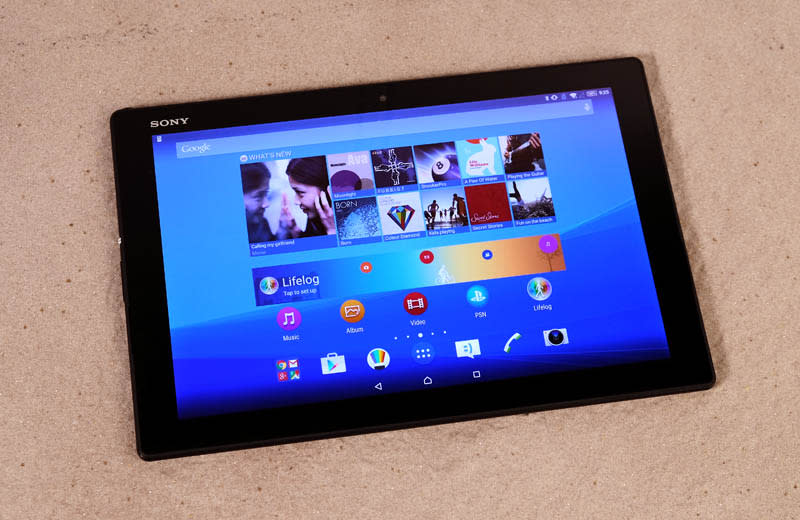
Like the Z2 tablet, the Z4's rounded corners and slightly curved edges help it fit comfortably in your palms when holding it, and the smooth plastic back has a subtly textured finish that provides some grip. The corners of the tablet have metal caps to provide stability, and despite its overall light weight, the Z4 tablet feels durable and dense, although it is prone to some slight flexing if you try to bend it diagonally.
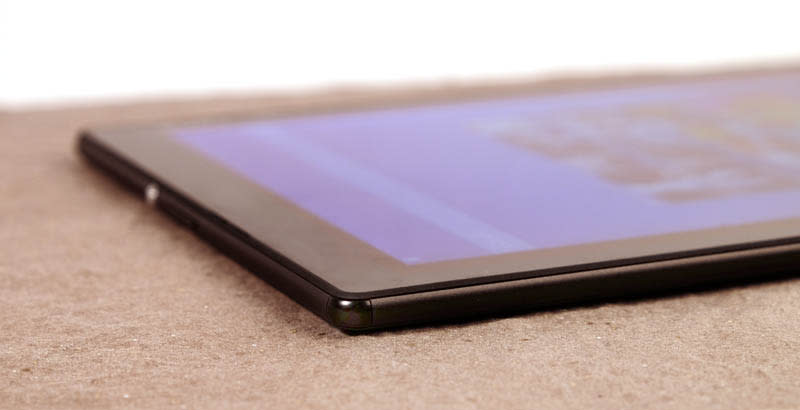
As with all of Sony's Z gadgets, the Z4 tablet is waterproof, and rated IP68, meaning it's impervious to dust and can survive full immersion in water of up to 1.5 meters for 30 minutes. The waterproof build has also evolved and now includes a capless USB port in addition to the capless headphone port introduced on the Z2 tablet, removing the need for a fiddly port cover like previous Z tablets. The only port cover you'll find is on the top edge, covering the SIM and microSD card slots, which you'll rarely need to access anyway. On the left edge, you'll find the power button and volume rocker.
Like the Z2 Tablet, both black and white color options are available.
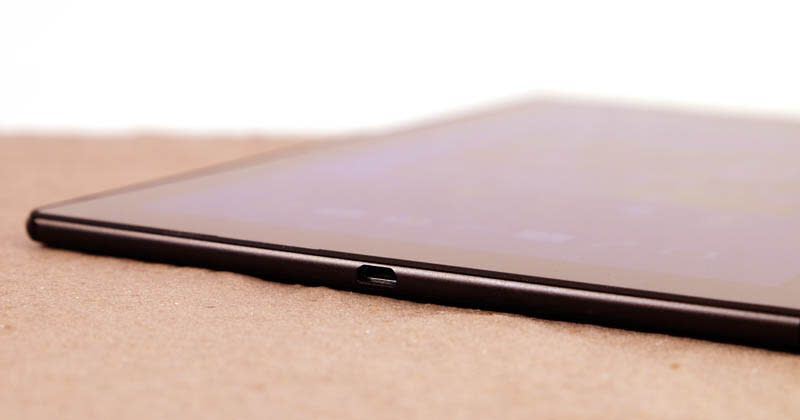
Display & Audio
To keep up with the likes of Samsung's Galaxy Tab S 10.5, the Z4 Tablet has been given a new QHD 2,560 x 1,600-pixel resolution display, which translates to 299 pixels per inch. Clarity on the Z4 Tablet is top notch, although honestly it was hard to spot the difference between it and the 264ppi Apple iPad Air 2.
Like its predecessors, the IPS LCD display boasts Sony's Live Color LED and Triluminos display tech, although we found the colors to be a bit too vivid for our liking (there's an option in the Settings menu for a more neutral display). Viewing angles were good, and contrast was also decent, although not as deep as the Samsung Galaxy Tab S 10.5's Super AMOLED display.
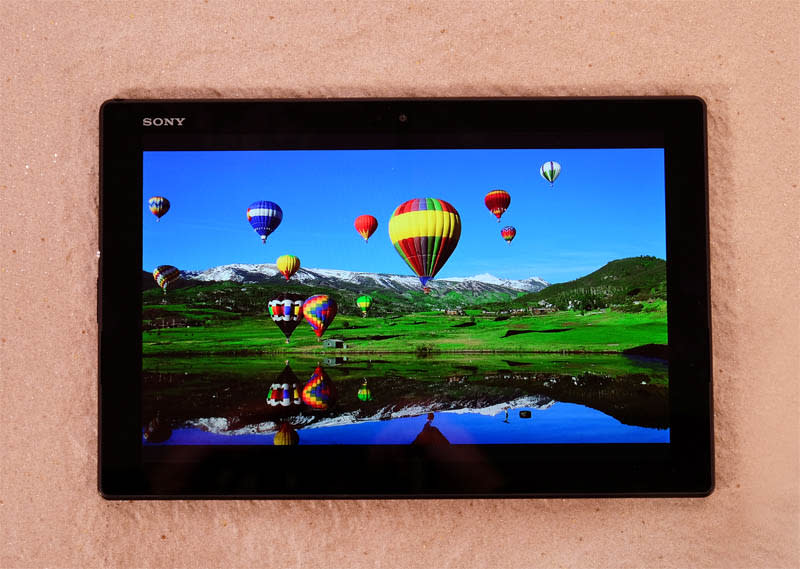
While the screen size remains the same as last year's model, the bezels surrounding the display are slightly thinner. It's not a big change, and the bezels are still a bit thicker than we'd like, which, combined with its minimalist design still make the tablet look a bit like a digital photo frame, but it's a nice improvement nonetheless.
One of the stand out features on the Z4 Tablet is its front-facing stereo speakers. Anyone with an iPad will know the annoyance of one-sided audio when watching a video without headphones plugged in, but you'll have no such problems with the Z4. The volume can be cranked up nice and loud, although it starts to get a bit harsh at maximum volume. Don't expect a ton of bass, especially from a tablet this thin, but the speakers are still way ahead of other tablet offerings.
Features
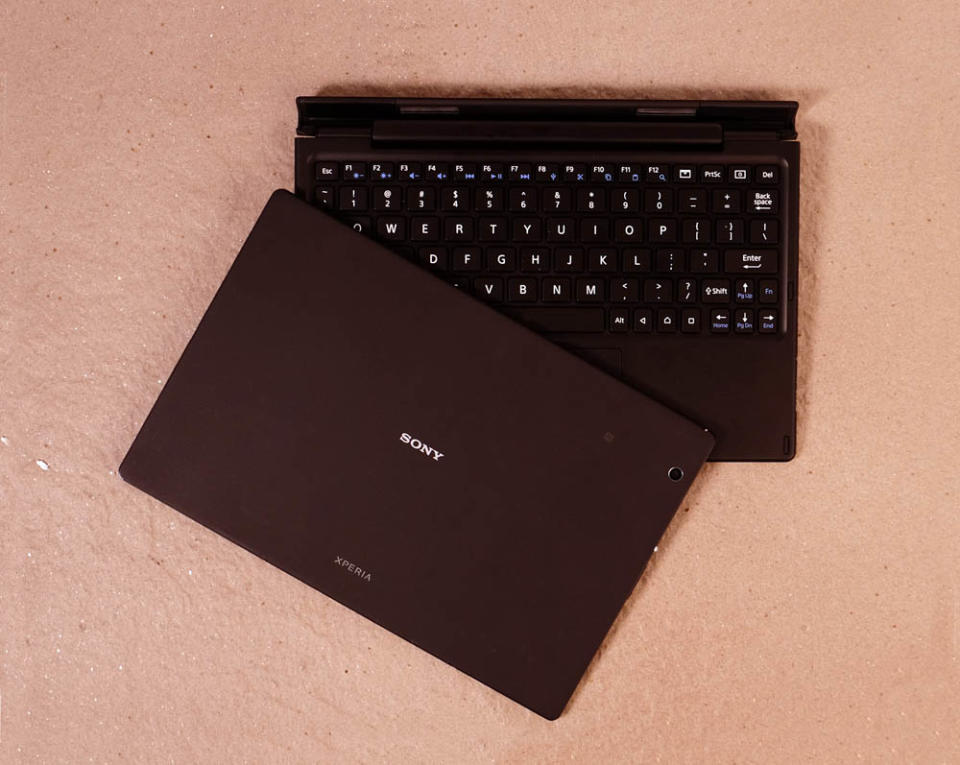
The Z4 Tablet runs on Android 5.0 Lollipop and also includes Sony's usual pre-installed apps and cross-platform features. Our favorite is still PS4 Remote Play, which lets you hook up a DualShock 4 controller via Bluetooth and stream games directly from your PlayStation 4 to your Z4 Tablet.
A new addition to Sony's accessory lineup is the BKB50 Bluetooth Keyboard, which is sold separately for a jaw-dropping RM799. What do you get for that price? Actually, not all that much. The keyboard is just as thin and light as the tablet, and complements it nicely. Combined, the whole setup is just 758g, and about 11mm thick, but that's about all you get. There are no extra ports or an additional battery inside it (the micro-USB port on it is for charging its own battery only), and the keys aren't backlit either. It's also worth noting that the keyboard isn't dust or waterproof, so don't take a shower with it.
To connect the keyboard, you just slot the tablet into a receptacle at the top and pair via Bluetooth. Once the keyboard is connected, the Z4 Tablet's OS starts looking a bit more like a laptop OS. You get a small task bar that's sort of similar to the Windows Start menu at the bottom left of the screen, and a bunch of shortcut icons next to it that display your most frequently used apps. The keyboard has a trackpad too, so you also get a little cursor on screen, and there are a bunch of shortcut buttons on the keyboard, as well as buttons for the standard Android soft keys, so you don't have to touch the display at all - although often it's simply faster and easier to just use the touchscreen.

Like previous Xperia tablets, you get a fairly decent Office suite pre-installed, and internal storage on the Z4 tablet has been doubled to 32GB which is plenty to work with. The microSD card slot can also provide up to 128GB of additional storage.
In usage, the keyboard is a bit of a mixed bag. A cleverly designed hinge that is slightly longer than the tablet elevates the keyboard into a more natural typing position when in use, and the keys themselves are fairly firm with a decent amount of travel, but the whole thing just feels cramped and awkwardly laid out. The right Shift key is small and crammed in with the arrow keys, and even worse, the backspace and delete keys are tiny and located right next to the power button, which really shouldn't be a key at all - a separate power button away from the keys or off on the side of the keyboard would definitely be a better solution. There's also some noticeable flexing in the middle of the keyboard.

The trackpad fares a little better. The click is nice and firm, and tracking is generally responsive and accurate. You can even two-finger scroll with it.
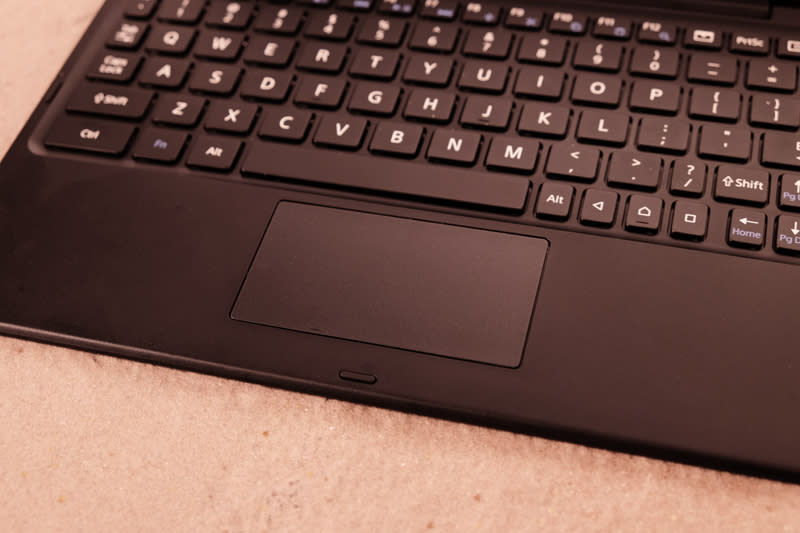
You might think that for any 10-inch laptop, you're going to have to settle for a cramped typing experience, but considering that 10 and 11 inch netbooks were able to deliver a better experience, we really expected more from Sony. More recently, the ASUS Transformer Pad TF701T has a better docking keyboard, which is even included in the box, and has a built in additional battery, an SD card reader and an additional on-board USB 3.0 port. The only downside is that it's much bulkier.
Overall, while the keyboard is a nice addition and gives the Z4 tablet some extra functionality as a productivity device, it's too expensive for what you get. Even if you opt for the cheaper Wi-Fi version of the Z4 , which retails for S$888 (approx. RM2,465), if you get the BKB50, you're looking at paying S$1,156 (approx. RM3,209) total for a 10-inch Android laptop. If productivity is your main usage goal, you're probably better off with a Microsoft Surface 3 and Type Cover 2.
Alternatively, if you're just looking for a Bluetooth keyboard for your Z4 Tablet, there are cheaper options out there, including Sony's own BKB10 keyboard, which is a more affordable RM296.
Benchmark Performance
Like Sony's Xperia Z3+ smartphone, the Z4 tablet is powered by a Qualcomm Snapdragon 810 Octa-core processor (Quad-core 1.5 GHz Cortex-A53 & Quad-core 2 GHz Cortex-A57). For this review we'll see how it compares to the ASUS Transformer Pad TF701T, Apple iPad Air 2, Samsung Galaxy Tab 10.5, and its predecessor, the Xperia Z2 Tablet.
|
|
|
|
|
|
|
|
|
|
|
|
|
|
|
|
|
|
|
|
|
| — |
|
|
|
|
|
|
|
|
|
|
|
|
|
|
|
|
|
|
|
|
|
— |
| — | — |
— |
| — |
|
Sunspider JavaScript
SunSpider JavaScript helps measure the browsing performance of a device when processing JavaScript. It not only takes into consideration the underlying hardware performance, but also assesses how optimized a particular platform is at delivering a high-speed web browsing experience. The Z4 Tablet performed better than the Z2 and Tab S 10.5, but was no match for the Apple iPad Air 2. Having said that, there was no noticeable difference in browsing performance between the two tablets and both provided a smooth and lag-free browsing experience.

Quadrant
Quadrant is an Android benchmark that evaluates a device's CPU, memory, I/O and 3D graphics performance. As expected, the Z4 Tablet scored very well here, easily beating the older processors on our other tablets.
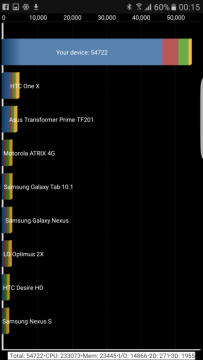
3DMark 2013
3DMark 2013 is a multi-platform benchmark based on the OpenGL ES 2.0 API and is designed for smartphones, mobile devices and ARM architecture compute devices. It includes two graphics tests designed to stress the GPU performance of your device and a physics test to stress its CPU performance.
3DMark consists of three test sections: Ice Storm, Ice Storm Extreme and Ice Storm Unlimited. Most recent flagship devices easily max out the score on Ice Storm and Ice Storm Extreme and as such, we will focus on Ice Storm Unlimited.
3DMark Ice Storm Unlimited uses off-screen rendering resolution at 1080p, higher quality textures and post-processing effects to create a more demanding load for the latest smartphones and tablets. It also disables vertical sync, display resolution scaling and other operating system factors that can affect the result, thus making it ideal for chip-to-chip comparisons of different chipsets.
The Z4 Tablet again scored well, although we were surprised that it fell short of the Apple iPad Air 2. The difference in performance between the Z2 and Z4 Tablets was also smaller than expected.

Imaging Performance
Camera performance is one area that hasn't evolved at all on the Z tablet series. The Z4 Tablet uses the same 8.1MP camera found on the Z3 Compact, Z2 and Z Tablets, and it's a big step down from the 20.7MP shooter you'll find on the Z3+ smartphone. The camera also lacks an LED flash, so you can forget about taking photos in dim conditions. The 2MP front-facing camera isn't great either; it's just about acceptable for video calling, but that's about it - don't bother using it for selfies.
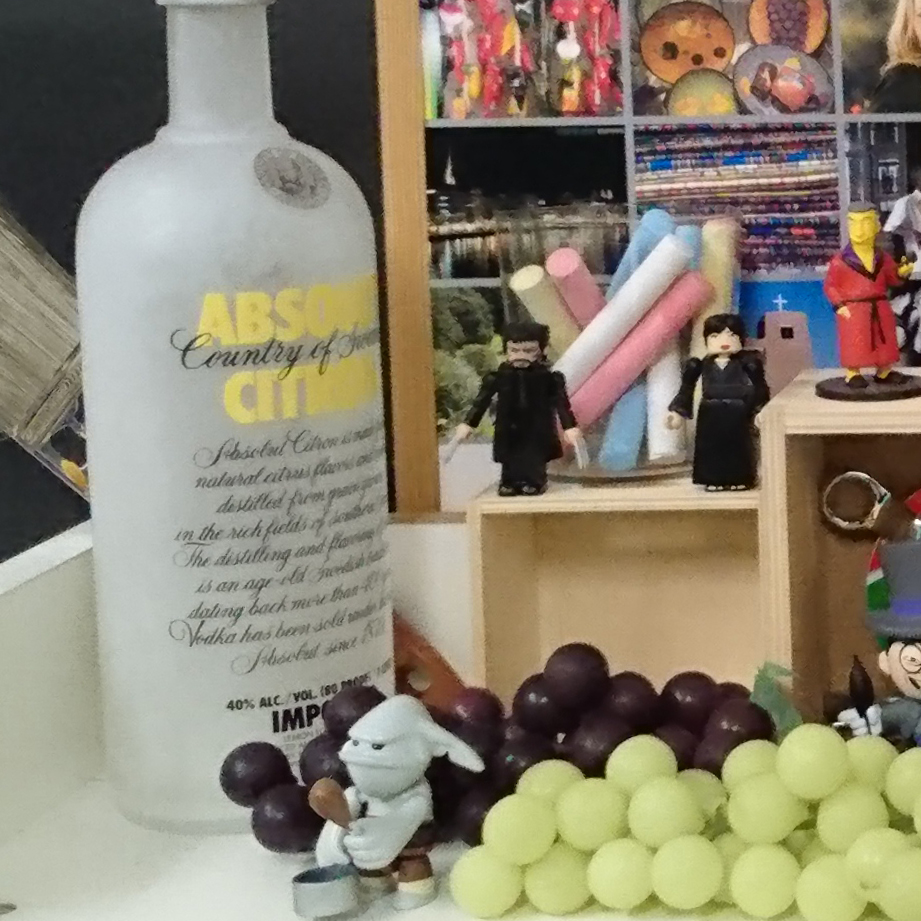 | 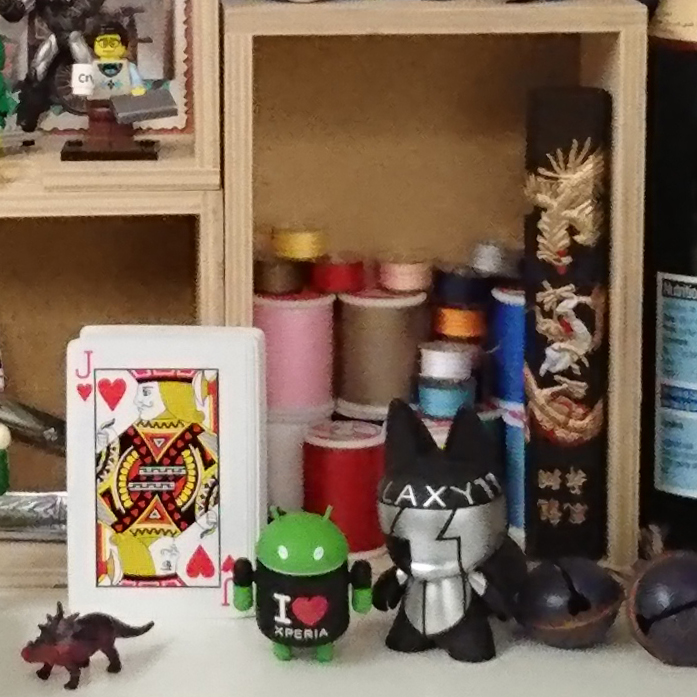 |
Battery Life
Our standard battery test for tablets includes the following parameters:
Looping a 720p video with screen brightness and volume at 100%
Wi-Fi and Bluetooth connectivity turned on
Constant data streaming through email and Twitter
The Z4 Tablet has the same 6,000mAh capacity battery as the Z2 Tablet, which is quite small compared to the 7,340mAh battery found in the iPad 2, the huge 7,900mAh battery inside the Galaxy S 10.5, and the 7,820mAh battery in the Transformer Pad TF701T (which also has an additional battery in its keyboard dock).
With the addition of both a much higher resolution display, and a more power-hungry octa-core processor, battery life took a big hit on the Z4 and it lasted just over six hours in our video looping benchmark, nearly two hours less than the Z2!
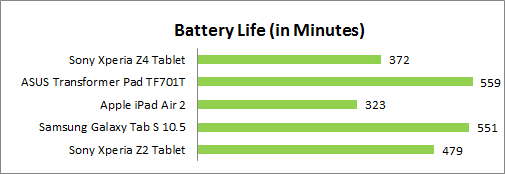
Conclusion
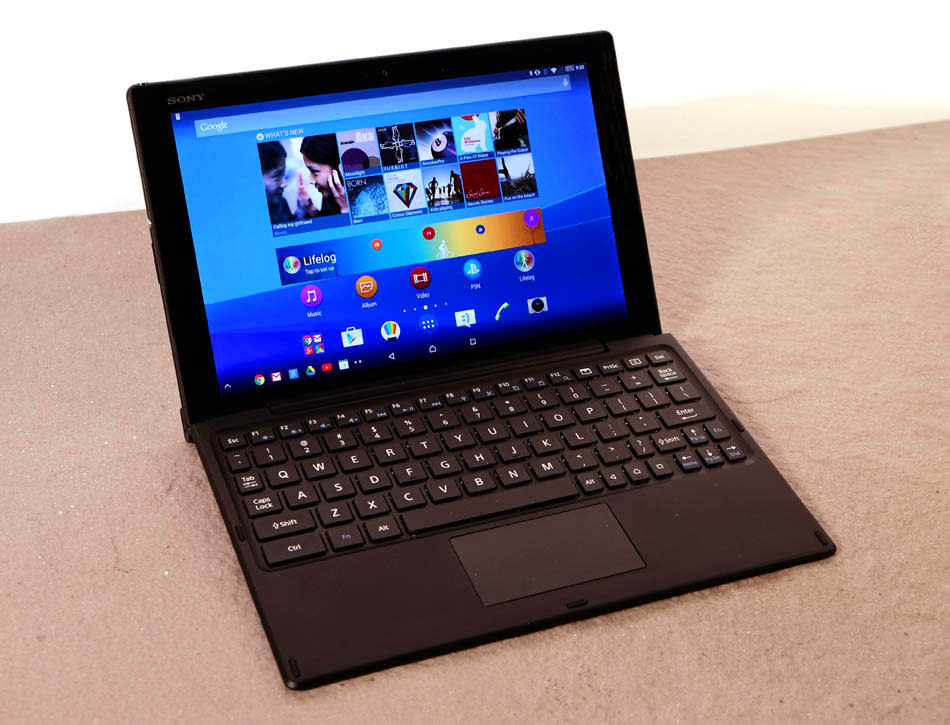
The Xperia Z4 Tablet has a new display and a new processor, but it doesn't really feel like a new product. The Z4 delivers exactly what the Z2 Tablet did last year: great build, waterproof durability, minimalist design, and a top notch display and speakers. But comparing the two tablets, it's hard to say that Sony has really done much to improve on last year's model, other than bumping up its specs.
Both tablets look and feel essentially the same. Yes, the Z4 is a bit thinner and lighter, and the bezels are marginally smaller, but you'll be hard-pressed to notice. The only practical difference between the two devices is the Z4's new capless USB port - but that's not much to get excited over (maybe if it was a USB-C port). They both use the same mediocre camera too. Worst of all, Sony's failure to increase the battery capacity to compensate for the more powerful processor and higher resolution display has resulted in a substantial decrease in battery life. For my own usage, the short battery life is a real deal killer, as I like to use my tablet for watching movies and TV shows on long haul flights, and for that, the Full HD resolution and benchmark performance of the Z2 Tablet are more than satisfactory.
The Z4 Tablet isn't cheap either. At S$888 (approx. RM3,378) for the Wi-Fi only version, and S$998 (approx. RM3,798) for 4G LTE connectivity, it's one of the more expensive tablets on the market. For comparison, the Galaxy Tab S 10.5 is S$50 cheaper (and can be had for less at street price), while the iPad Air 2 64GB version is around $60 cheaper. The 64GB/2GB RAM Microsoft Surface 3 is $150 cheaper.
As for the Z4 Tablet's Bluetooth keyboard dock, there was an opportunity here for Sony to deliver something special, and there is definitely a market out there for people who want a lightweight 2-in-1 tablet/laptop device and don't necessarily want a Windows tablet like the Surface 3. The Z4 with its keyboard dock could have been that tablet, but it just isn't. The BKB50 keyboard is too expensive for what you get and with its crammed and poorly laid out non-backlit keys, it's too frustrating to use for very long. It's a real shame, especially when you remember that Sony was once at the forefront of compact keyboard design when it first introduced us to chiclet-style keyboards on its Vaio laptops.
All things considered, the Z4 tablet is still a top-notch product, but it's just not enough of an improvement over the Z2 Tablet. The QHD display and octa-core processor are nice upgrades, but when they come with a huge decrease in battery life, you have to consider if the trade-off is really worth it.


